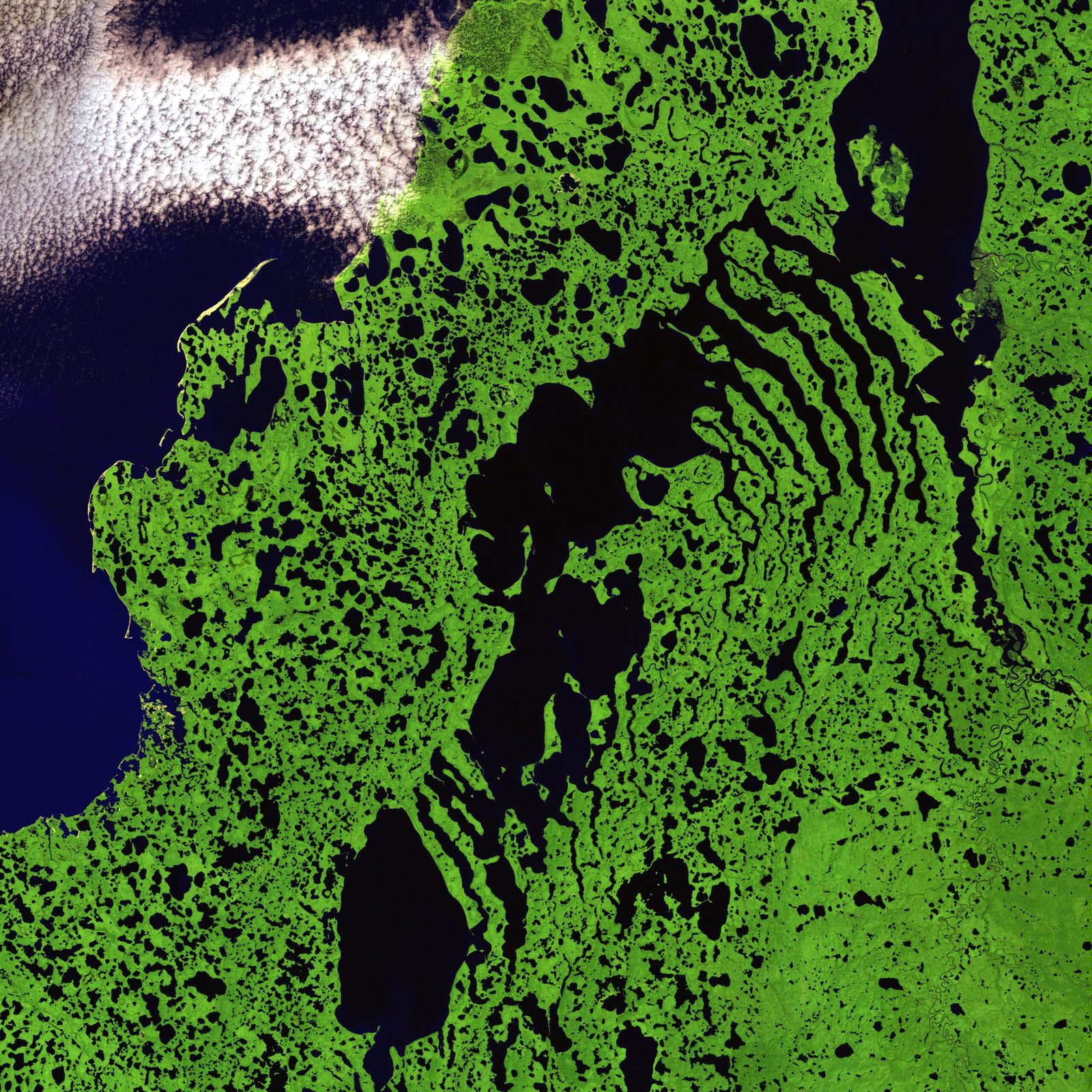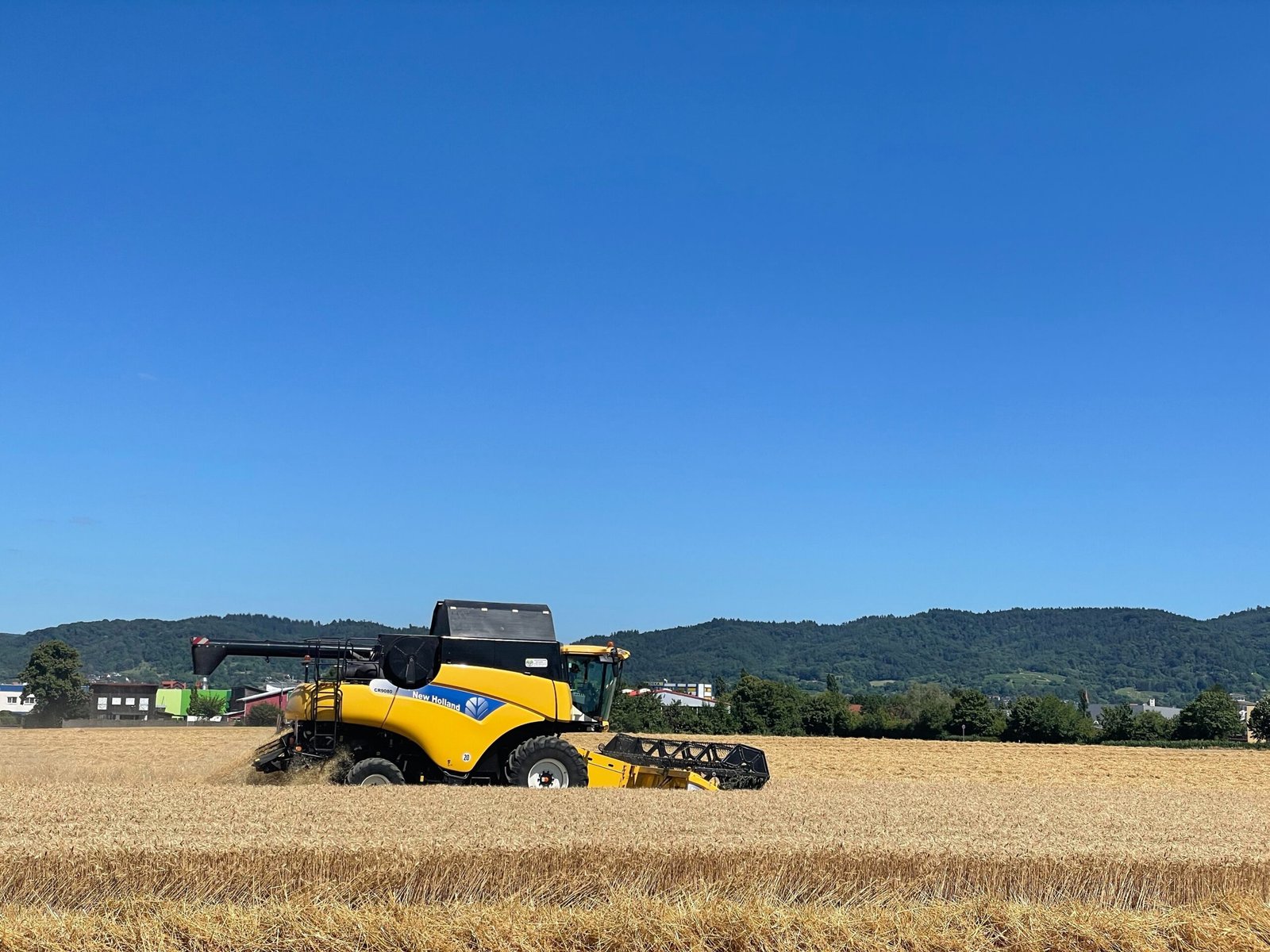Technology has become an integral part of our lives, revolutionizing various industries, and the wine industry is no exception. Vineyards, traditionally known for their rustic charm and traditional winemaking methods, are now embracing technology to enhance productivity, efficiency, and overall quality. In this article, we will explore the impact of technology on vineyards and how it is shaping the future of winemaking.
1. Precision Agriculture
One of the significant advancements in vineyard technology is the implementation of precision agriculture techniques. This approach involves the use of sensors, drones, and satellite imagery to monitor various factors such as soil moisture, temperature, and nutrient levels. By gathering real-time data, vineyard owners can make informed decisions regarding irrigation, fertilization, and pest control, leading to optimized grape production and healthier vines.
2. Grape Sorting and Harvesting
Traditionally, grape sorting and harvesting were labor-intensive processes, requiring manual labor and meticulous attention to detail. However, with the introduction of automated grape sorting machines, vineyards can now achieve greater efficiency and accuracy. These machines use advanced imaging technology to sort grapes based on their size, color, and quality, ensuring that only the best grapes are used in winemaking.
3. Climate Control
Vineyards are highly dependent on climate conditions for the successful growth of grapes. With the help of technology, vineyard owners can now control and monitor the microclimate within their vineyards. Automated weather stations and climate control systems allow for precise temperature and humidity regulation, ensuring optimal growing conditions for the vines. This technology helps mitigate the risks associated with extreme weather events and provides a more stable environment for grape cultivation.
4. Vineyard Management Software
Managing a vineyard involves various tasks, including inventory management, record-keeping, and scheduling. Vineyard management software simplifies these processes by providing a centralized platform for vineyard owners and managers to track and manage all aspects of their operations. These software solutions offer features such as vineyard mapping, inventory tracking, and yield forecasting, enabling vineyard owners to make data-driven decisions and streamline their operations.
5. Wine Production and Quality Control
Technology has also made significant contributions to the winemaking process itself. From fermentation control systems to automated bottling lines, wineries can now produce wine more efficiently and consistently. These advancements not only improve productivity but also enhance the quality of the final product. With the help of technology, winemakers can closely monitor and control various parameters during fermentation, resulting in wines that are more balanced and expressive of their terroir.
6. Marketing and E-commerce
The digital age has transformed the way vineyards market and sell their wines. With the rise of social media and e-commerce platforms, vineyards can now reach a wider audience and sell their products directly to consumers. Online wine clubs and subscription services have also gained popularity, allowing vineyards to establish direct relationships with their customers. Additionally, technology has enabled vineyards to collect and analyze consumer data, providing valuable insights for targeted marketing campaigns and product development.
As technology continues to advance, the wine industry will undoubtedly witness further innovations and improvements. While some traditionalists may be hesitant to embrace these changes, the integration of technology in vineyards offers numerous benefits, including increased efficiency, improved quality, and enhanced sustainability. By harnessing the power of technology, vineyards can adapt to the evolving demands of the market and ensure a prosperous future for the wine industry.



